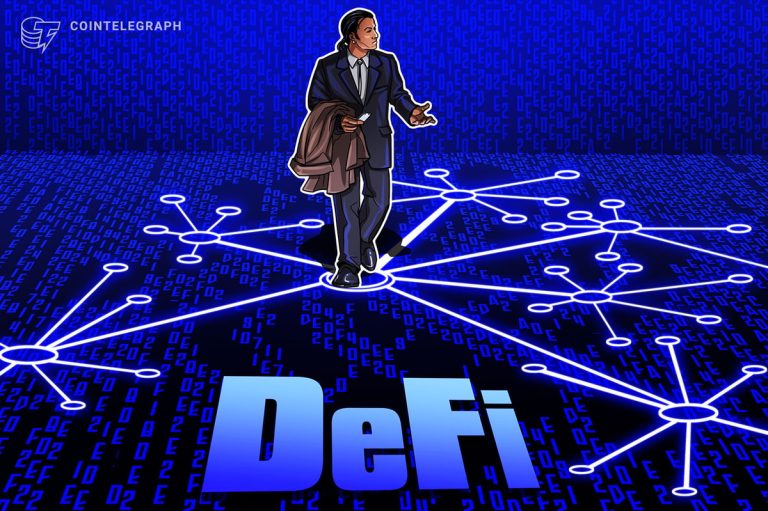Key Takeaways
- Decentralized finance (DeFi) growth has unfortunately attracted fraudsters, leading to an increase in rug pull scams.
- Rug pull scams typically involve creating worthless tokens, enticing investors with valuable assets, and then draining the liquidity pool.
- Identifying potential rug pulls requires a deep dive into project fundamentals and developer actions.
- Implementing robust security measures and thorough due diligence is essential for mitigating risks in DeFi investments.
Understanding DeFi Rug Pulls
The rapid expansion of decentralized finance (DeFi), while offering new opportunities, has also unfortunately become a breeding ground for fraudulent activities. The lack of traditional regulatory oversight in this burgeoning sector attracts malicious actors looking to exploit unsuspecting investors through various crypto scams. Among the most prevalent and damaging of these schemes is the rug pull.
Recent reports indicate a concerning trend: while overall cryptocurrency-related fraudulent activity might be declining in some areas, DeFi-specific rug pulls have seen a significant rise, particularly in 2021. This highlights a critical need for investors to be informed and vigilant.
A typical rug pull operates by the bad actors first creating a token that has little to no intrinsic value. This new, often hyped, token is then listed on a decentralized exchange (DEX) and placed into a liquidity pool. The scammers then actively encourage investors to contribute valuable assets, such as Ether (ETH), to this liquidity pool, often by promising high returns. As more valuable tokens are deposited, the price of the scam token artificially inflates. At a predetermined point, the scammers abruptly withdraw all the valuable tokens from the liquidity pool, leaving investors with a pile of worthless scam tokens and the scammers with the stolen funds.
Strategies to Identify and Avoid Rug Pulls
Navigating the DeFi landscape safely requires a proactive approach to identify potential rug pulls before investing. By understanding how these scams operate and implementing key due diligence strategies, investors can significantly minimize their risk.
Cointelegraph, in collaboration with two experienced DeFi experts, has outlined several practical tips designed to help investors spot the warning signs of a rug pull and protect their investments within the DeFi ecosystem.
Analyzing Project Liquidity
💡 One of the most critical indicators is the liquidity locked in the project’s smart contracts. If a significant portion of the liquidity is not locked for an extended period, or if the liquidity is primarily held by a few anonymous wallets, it could be a red flag.
Scrutinizing Smart Contracts
📍 While complex, examining the project’s smart contract code can reveal vulnerabilities or hidden functionalities designed to facilitate a rug pull. Projects that have undergone audits by reputable third-party firms are generally safer, though even audited contracts can be compromised.
Investigating Token Distribution and Ownership
✅ The origin and distribution of the project’s tokens are important. If a large percentage of tokens are held by the development team or a few early investors, they could potentially dump their holdings, crashing the price and executing a soft rug pull. Anonymity of the development team is also a significant concern.
Community Engagement and Transparency
📊 A genuine DeFi project usually fosters an active and transparent community. Be wary of projects with limited communication, heavily censored chat groups, or an over-reliance on hype and marketing without substantive development updates. Genuine engagement involves answering tough questions and providing clear roadmaps.
Unrealistic Yields and Promises
📌 While DeFi offers high yields, schemes promising exceptionally high, guaranteed returns with little explanation are often too good to be true. These unsustainable promises are frequently used to lure investors into a rug pull scenario.
Expert Summary
The rise of rug pull scams in DeFi necessitates increased investor awareness and caution. By diligently researching project fundamentals, scrutinizing smart contract code, understanding tokenomics, and evaluating team transparency, investors can better protect themselves from these fraudulent schemes. Prioritizing security and conducting thorough due diligence are paramount for safe participation in the decentralized finance space.

